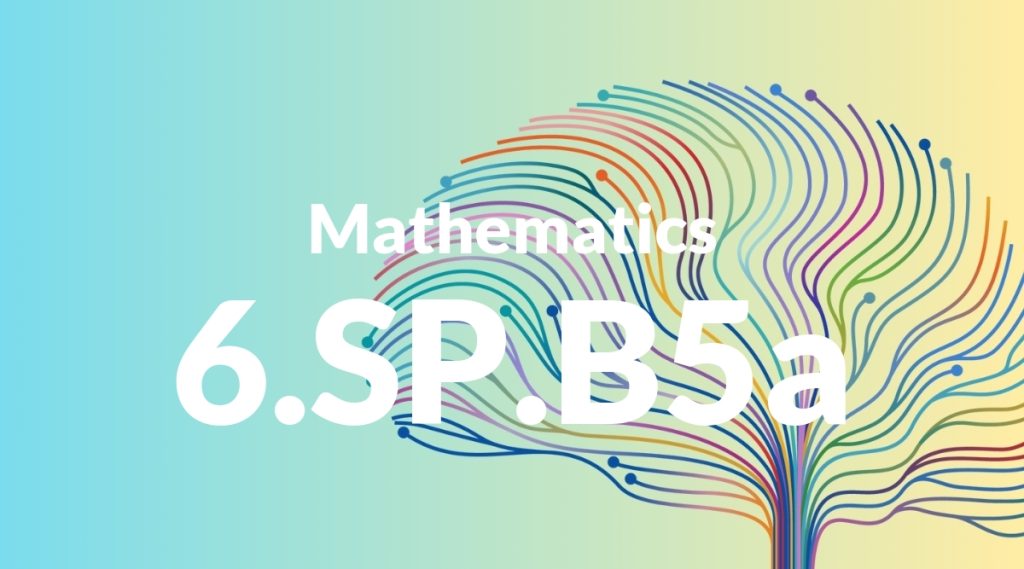Standard: 6.SP.B5a – Reporting the number of observations.
Grade level: Grade 6
Subject: Mathematics
Domain: Statistics & Probability
Teacher Overview
This standard focuses on teaching students how to report the number of observations in a data set. Understanding this concept is crucial for developing more advanced statistical skills, such as data analysis and interpretation, which are essential components of the Grade 6 Mathematics curriculum. Students should have a solid understanding of basic counting, grouping, and the concept of data collection to successfully engage with this standard.
After mastering this standard, students will be able to analyze data more effectively, calculate measures of central tendency, and interpret data distributions, laying the groundwork for more complex statistical concepts.
Common Misconception 1
A common misconception is that the number of observations is the same as the number of different categories or types. This is incorrect because the number of observations refers to the total count of all data points collected, not just the distinct categories.
Intervention 1
An effective intervention is to use visual aids and concrete examples. For instance, show a chart with different types of fruits and the total number of each type to illustrate the difference between the total number of observations and the number of categories.
Common Misconception 2
Another misconception is that observations must be numerical data only. This is not true, as observations can also include categorical data, such as types of animals or colors of cars.
Intervention 2
To address this, provide examples of both numerical and categorical data. For instance, list the number of students with different eye colors to show that observations can be non-numerical.
Prerequisite Knowledge
Students should understand basic counting and grouping, as well as the concept of data collection.
Subsequent Knowledge
Students will develop skills in data analysis, including calculating measures of central tendency and interpreting data distributions.
Instructional Activities
- Create a tally chart of the number of different colored cars passing the school.
- Count and record the number of different types of leaves collected during a nature walk.
- Survey classmates about their favorite fruits and report the number of responses for each type.
- Track the number of pages read by each student in a week and report the findings.




